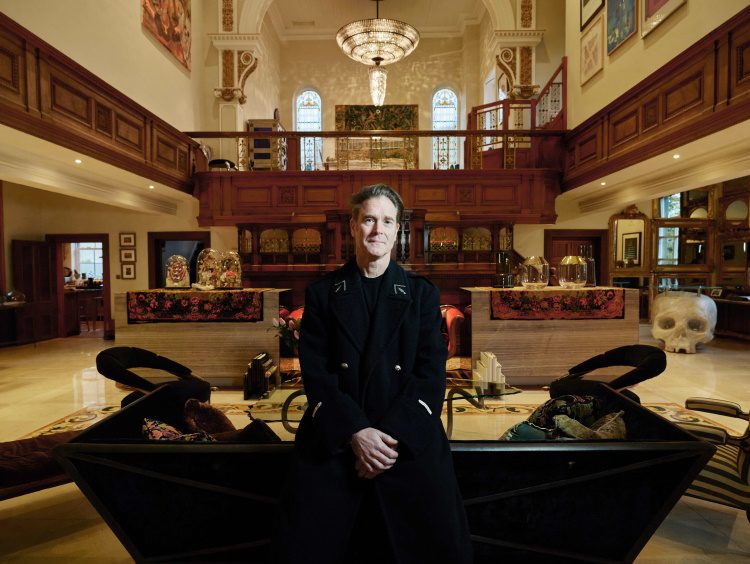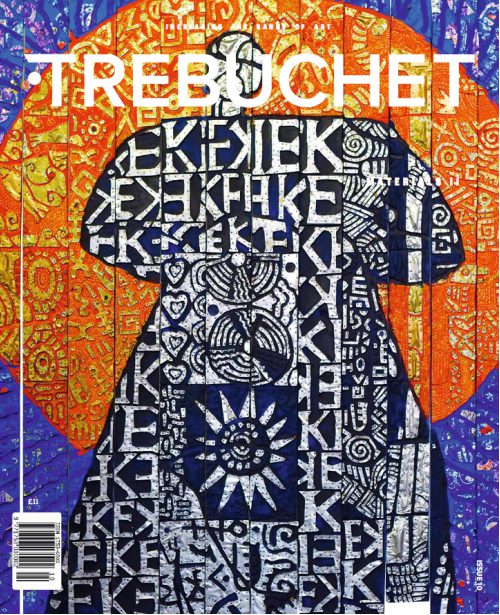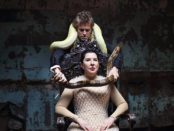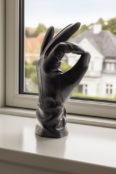What makes someone collect art? What vicious need for beauty and meaning compels them to cast all other considerations to the winds and trek around the world to discover that next new passionate oasis? Is it a weakness or a calling to chase after mirages?
“Art for me is a fix, and many of the works I collect cross reference points of history, art history, literature and many other things. Many collectors only collect one theme, be that English painting, ceramics etc. But for myself, I collect anything that takes my eye, shape, form, colour – painting, drawing, sculpture, abstract, etc. It’s a complete compulsive disorder, I try and get an art injection every week. I think it would be easier to take drugs… it’s the soul of the mind.”
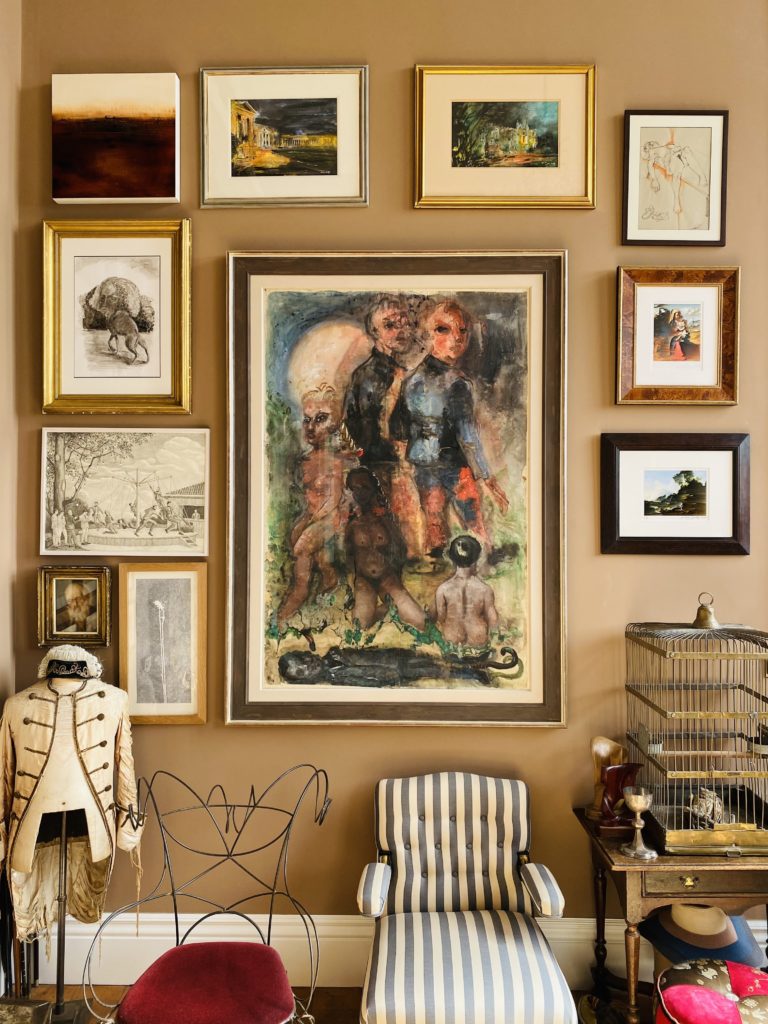
Renaissance Yorkshireman and property revisionist Mark Hinchliffe has collected a number of artworks since he was a boy. Decades later in 2013, he renovated a former Methodist chapel in Harrogate in order to share his collection with guests, who marvel at the opportunity to be amongst works by Mark Quinn, Gilbert & George and Stephen Campbell, as well as a storied assortment of historical artefacts from that past 200 hundred years, and sometimes beyond.
“My earliest memory of collecting was finding a small ammonite fossil on the beach around the cliffs at Whitby. This inquisitive process of looking at a nautilus-shaped fossil and wondering how it arrived there on the beach took me into collecting fossils and stone mineral specimens.
I have always been intrigued by history, from ancient to modern. This all started with my mother taking me to antiques fairs in the mid 1970s, when at the age of thirteen I came across a beautiful soup spoon with the date assay marks for 1723, George the 1st. The spoon coincidentally carried my initials on it, MH. I paid £23 for it.
Whilst being in lockdown, searching for new artworks has become a lot easier in some ways, because Matthew Burrows who formed the Artist Support Pledge on Instagram [by which artists could sell their work via the platform] meant that I could research from the comfort of my own home. Many of the artists I collect in some ways are all interlinked, which means my research for looking at and buying art becomes much wider. Thereby, in the past weeks I have purchased Russell Heron, Lisa Ivory, Richard Moon, Matthew Collins, Lee Maelzer, Barry Thompson, David Risley, Thomas Hylander, Steven Snoddy, Caragh Savage and Sharon McPhee – the list goes on…”

The arc of collecting has many possibilities, and while someone might visit different locations there is often a thread that pulls the collector down a particular path. Where they discover some thought or aesthetic nuance that introduces new artists to their search, leading to the next and the next.
This is not entirely dissimilar to an artist following an inspirational drive, the muse of the collector reveals, educates and elevates, but it never fully satiates. New artists, whose vision is expressive and who are driven in the same direction, meet collectors whose vision is contemplative; the time in creation crosses the time in appreciation. Artists in this way are allies in the collector’s own journey.
“It is very difficult to pinpoint just one artist, however Robert McNally is an incredibly talented artist working in pencil with a surreal twist of narrative; Michele Fletcher, a painter whose works reflects earthy, natural fauna and Concha Martínez Barreto works from old photographs, using oil and pencil.
Gordon Cheung works with a range of references including culture, mythology, religion and politics.”
Looking at Hinchliffe’s collection and how he situates his collection in a quasi-public setting, the journey of his acquisition is a nexus of history and experience. Each of his pieces give life to the setting, blossoming with a shared history, febrile resonance and poise. The inclusive (if commercial) open social aspect of this form of art collecting feels closer to art’s essential spirit than the private ledgers of purchase purely for investment. Along with finding and owning, there is an equal joy in sharing—especially when presented with a creative curatorial eye such as Hinchliffe’s.
All Images courtesy of Mark Hinchliffe

The aim of art is to represent not the outward appearance of things, but their inward significance. – Aristotle

